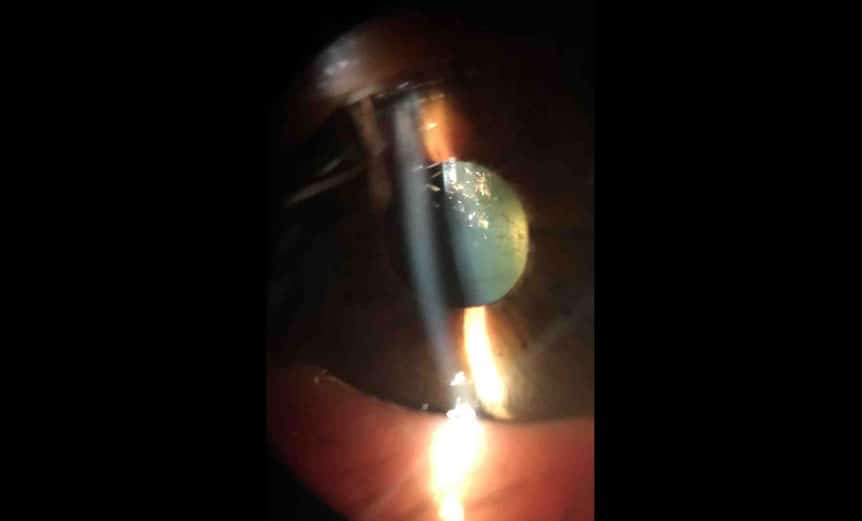
Clinical photography Christmas tree cataract Spectrum
Did you know there are many different types of cataracts? One of the most unique types of cataracts is called a Christmas Tree Cataract, and yes, it actuall.
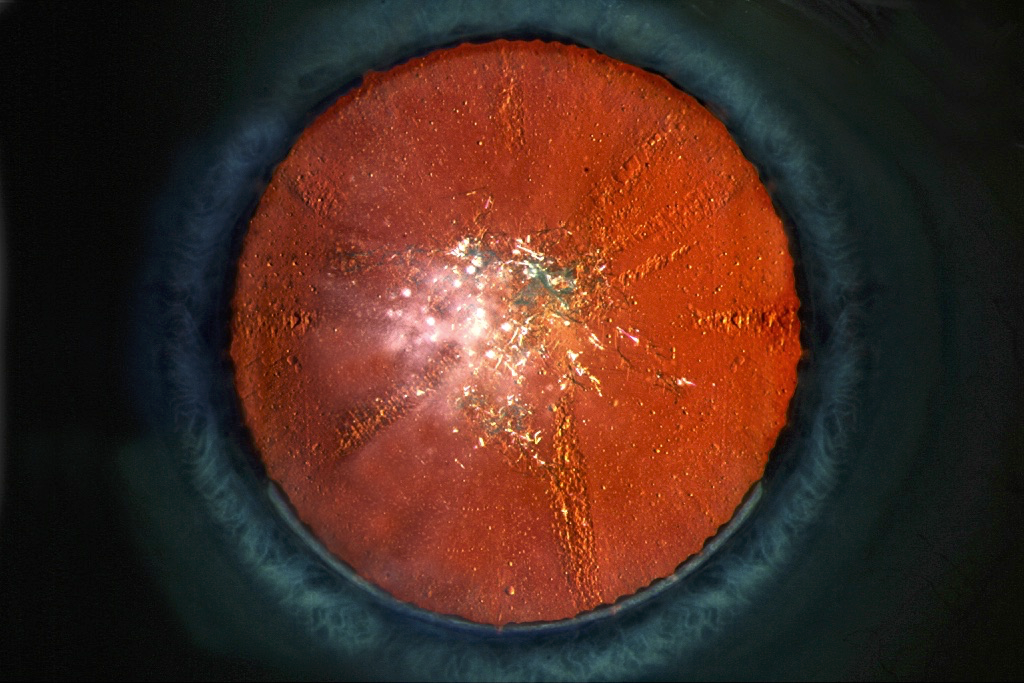
Christmas tree cataract
Christmas tree cataracts get their name from their appearance. When they form, they look like multicolored opacities that "glisten.". Unlike other forms of cataracts, the rest of the eye's lens is clear apart from the multicolored opacities. The specific colors of the cataract depend on the angle of the light source.
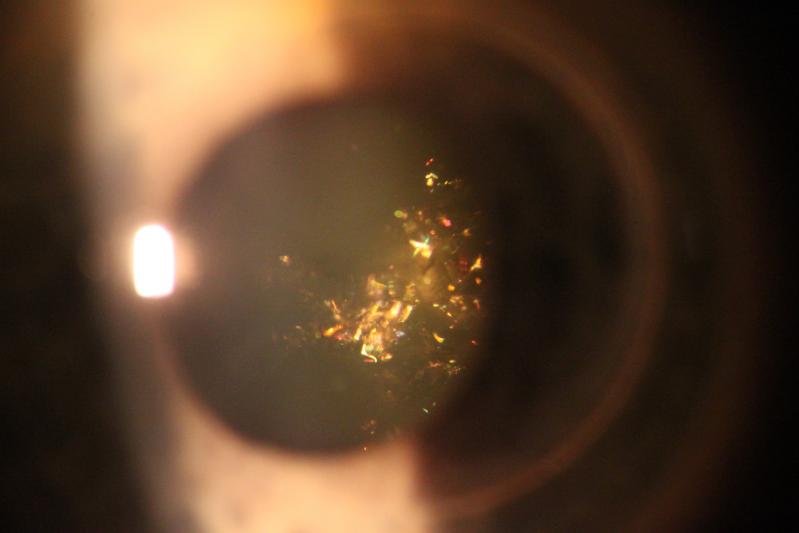
Christmas Tree Cataract Signs, Causes and Treatment
Christmas tree cataract is a rare type of lenticular opacification.And as the name suggests, it is characterized by polychromatic, needle‑shaped deposits in.

"Just Practicing" Cataract Zoo 4 Christmas Tree Cataract
Christmas Tree Cataract. A 69-year-old man complained of blurred vision with no relevant medical history. He also mentioned that he needed to get new spectacle lenses, as it had been 3 years. His best-corrected visual acuity determined by the Snellen scale was 20/25 in both eyes. The photograph shows polychromatic and highly reflective, needle.
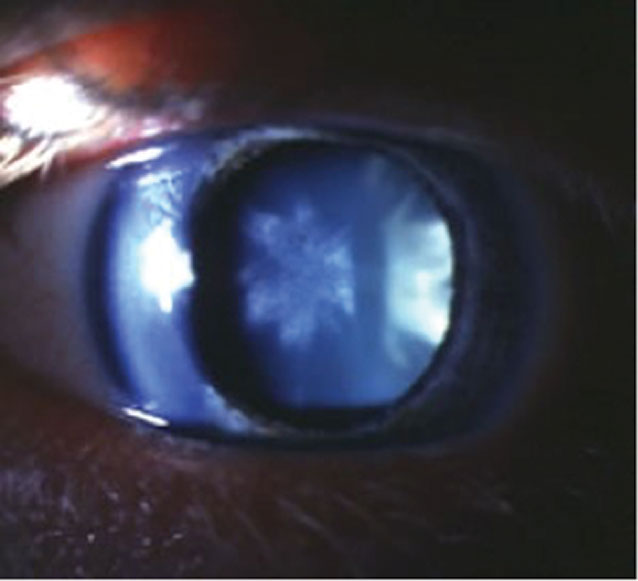
Christmas Tree Cataract 4K Wallpapers Review
Introduction Christmas tree cataract also called a starry cataract, is a rare type of opacity in the crystalline characterized by polychromatic needle-shaped deposits in the deep cortex and nucleus thereof which may be isolated or associated with other opacities. It is presented unilaterally or asymmetrically bilaterally. There are controversies regarding the composition of said opacities.

Cataract EyeWiki
Metrics. Responses. Ebube E Obi, specialist trainee, ophthalmology, C Weir, consultant ophthalmologist. Author affiliations. [email protected]. A 73 year old woman referred for cataract surgery had on examination a left Christmas tree cataract (fig.. View Full Text.
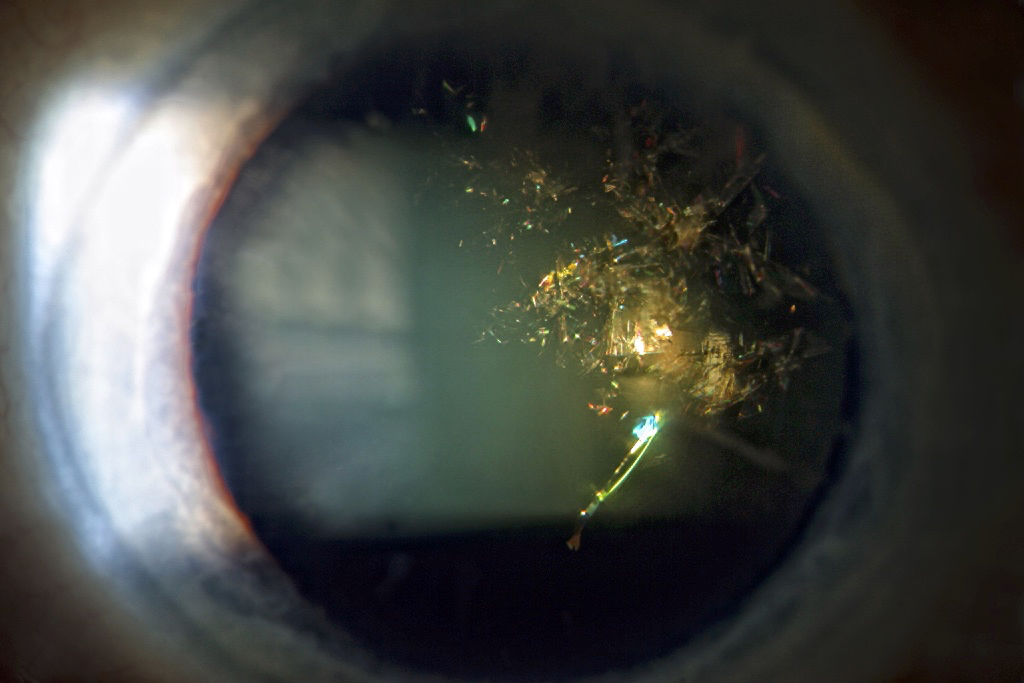
Christmas tree cataract
Cataract. Cataracts are the most frequent ocular manifestation of DM,. Early-onset posterior subcapsular cataract, usually described as a ''Christmas-tree cataract," is classically associated with DM. This manifestation can be the first presenting symptom for DM2 patients in particular and is common in DM1 patients as well.

A christmas tree cataract Canadian Journal of Ophthalmology
Comment. A Christmas tree cataract is a rare age-related change resulting from accelerated breakdown of membrane-associated denatured proteins induced by elevated calcium levels. The peptides and amino acids accumulate in the lumen of the reticular meshwork, and cysteine is concentrated beyond the level of crystallisation causing the formation.
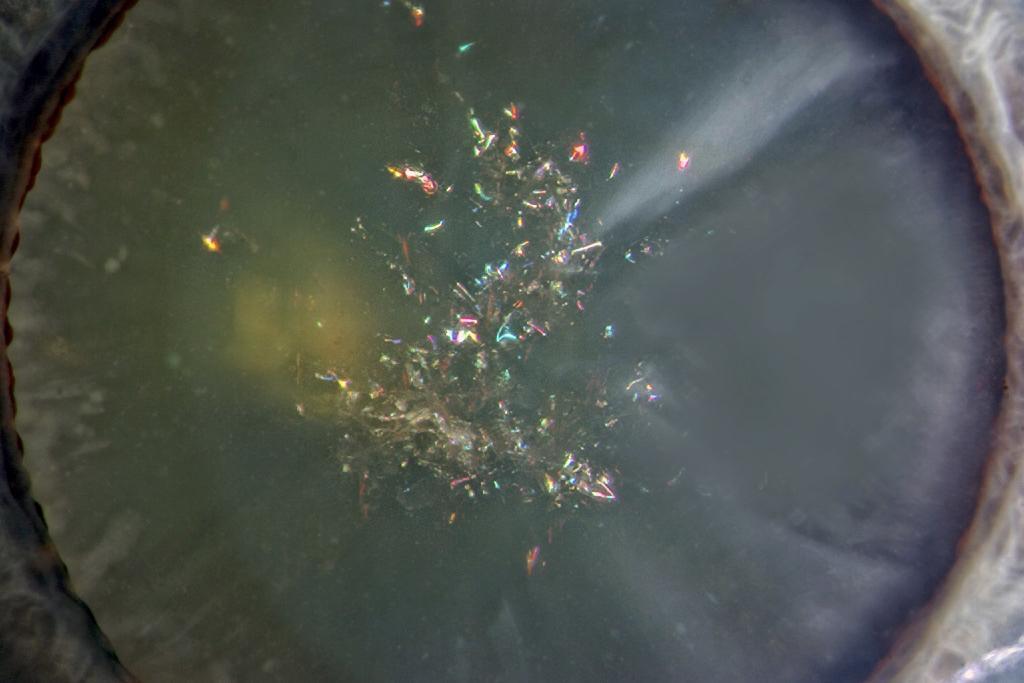
Christmas tree cataract
The Christmas tree cataract 's classic presentation includes small needle-like, multicolored crystals within the deep cortex of the crystalline lens (Figure). These refractile opacities can be found in a variety of colors, including red, green (hence the name), blue, pink, and gold. 1-3. Figure. A classic presentation of a Christmas tree.

Christmas Tree Cataract 4K Wallpapers Review
A Christmas Tree Cataract (CTC) is a rare lens change often described as polychromatic needle shaped crystals crisscrossing the deep cortex and nucleus of the lens. Due to the refractive, colorful nature of the cataract when observed, it often gives the appearance of colored lights on the branches of a Christmas tree.
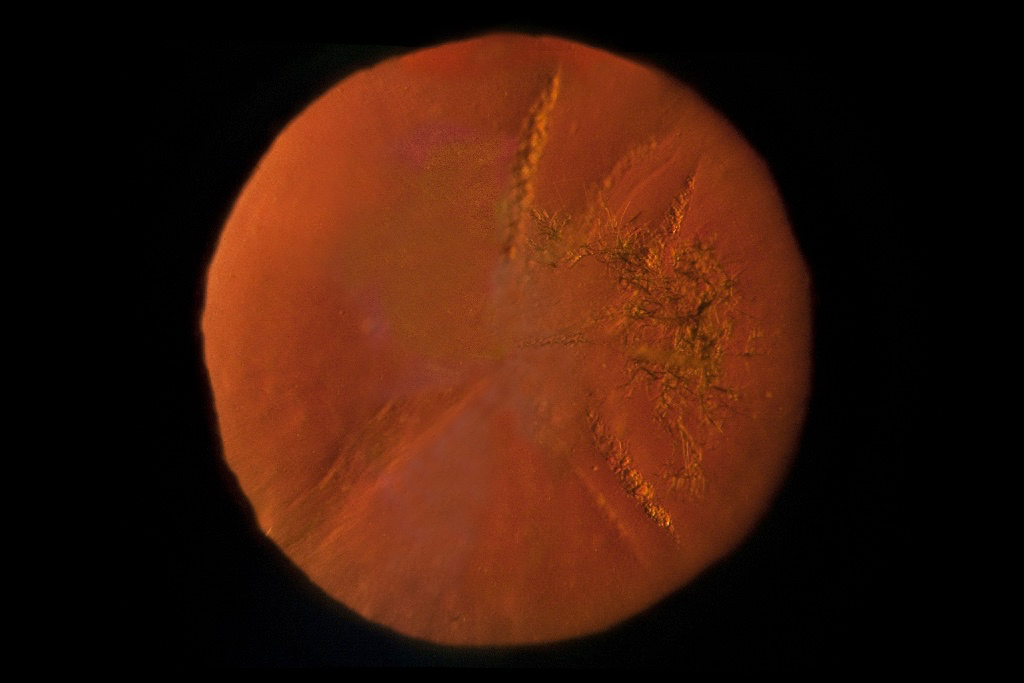
Christmas tree cataract
The Christmas tree cataract is a rare type of polychromatic cataract. Although it is not often responsible of significant visual loss, it can progress and impair vision, it can also be associated with other types of lens opacities. A cataract surgery is often performed. The crystals are highly refringent and change significantly the viewing of.

What is a Christmas tree or Snowflake cataracts? Learn about 13 different types of cataracts
Discussion. Christmas tree cataract consists of highly refractile multicolored "needles" crisscrossing the lens fibers of the deep cortex. The fact that the colors vary according to the angle of the incident light, and that in retroillumination only a dim outline of the cataract is seen, would suggest that Christmas tree cataract is a diffractive phenomenon.

Christmas Tree Cataract Meaning, Causes And Treatment
Cataract surgery is the most effective and most common procedure performed in all of medicine with 3 million Americans choosing to have cataract surgery each year, and an overall success rate of 97 percent or higher when performed in appropriate settings.. Also known as a "Christmas Tree" cataract, these consist of highly reflective.

A Christmas tree cataract The BMJ
Shun-Shin GA, Vrensen GF, Brown NP, Willekens B, Smeets MH, Bron AJ. Morphologic characteristics and chemical composition of Christmas tree cataract. Invest Ophthalmol Vis Sci. 1993 Dec;34 (13):3489-96. Obi EE. A Christmas tree cataract. BMJ 2010;341:c6644.

Christmas Tree Cataract YouTube
Mulchfest concludes this weekend in New York City. This weekend is the last chance New Yorkers have to drop off their Christmas trees at various mulching locations in the five boroughs. There are.

Christmas Tree Cataract The University of Iowa, Ophthalmology
Causes of Christmas Tree Cataracts. There are many causes of Christmas trees cataracts, but the most common include: 1. Genetics One of the most common causes of Christmas tree cataracts is genetics. If your parents or grandparents had cataracts, you are more likely to develop them as well. Sometimes genetics may have an indirect impact on the.